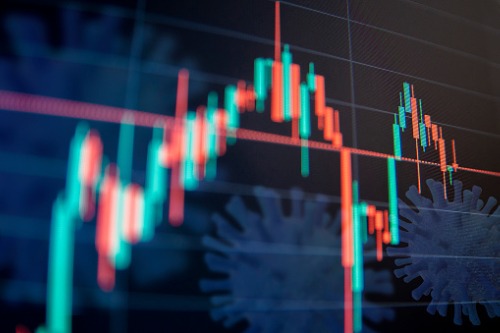However, gradual recovery is being impelled by strong market and consumer-side fundamentals

Under the weight of the unprecedented health crisis brought about by COVID-19, the Canadian economy posted its worst ever annual performance in 2020 with a 5.4% decline in real gross domestic product.
The major drivers of this weakness were the widespread economic shutdowns in March and April, according to Statistics Canada.
This sluggishness lasted long after the initial lockdowns, as the economy grew at an annualized rate of just 9.6% during the fourth quarter, significantly lower than the annualized 40.6% rate in Q3 2020.
However, the Q4 figure also outstripped the median forecasts in surveys by Bloomberg (7.3%) and Refinitiv (7.5%). Gradual recovery has been buoyed by business reopenings and significant consumer savings growth.
“The expenditure composition isn’t that great, with most of the add to growth coming from [business] inventories,” RBC economist Nathan Janzen told Bloomberg. “But hard to view this report as anything other than positive relative to prior expectations.”
“At nearly every stage of the recovery, Canadian activity has proven more resilient than expected,” economist Andrew Husby added. “The combination of strong household fundamentals, an impending rebound in job growth, and resolute fiscal support mean a strong pickup is still in store in 2021 and 2022.”
StatsCan cited wholesale trade, manufacturing, and construction as likely epicentres of market strength this year, while retail trade might continue struggling.
“Look for new growth drivers to kick into gear as the economy re-opens in stages through this year, leading to roughly 6% growth – a nice mirror image to last year’s deep dive,” BMO chief economist Douglas Porter said. “It’s not precisely a V-shaped recovery, but it’s very close.”



